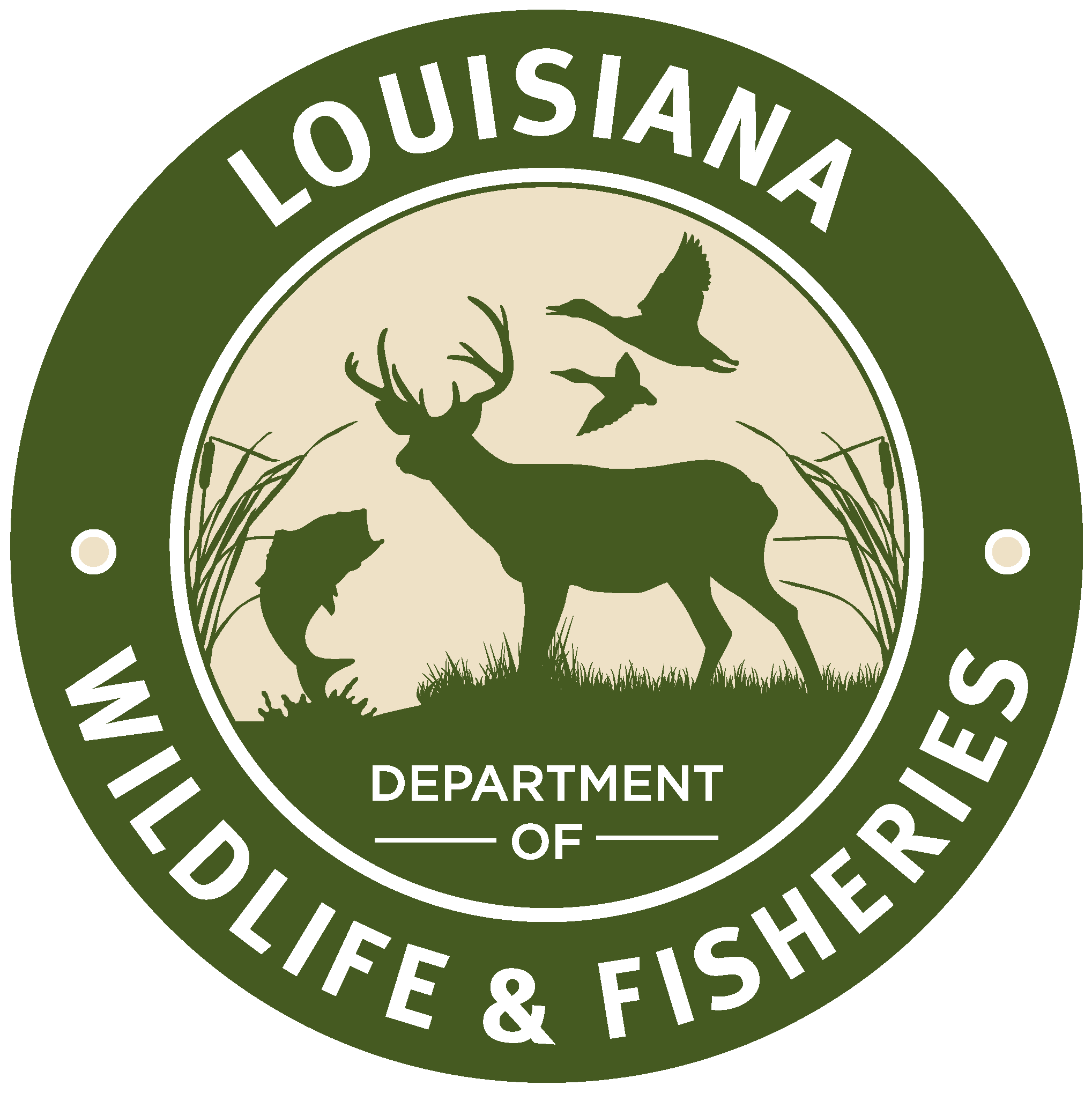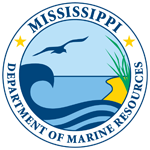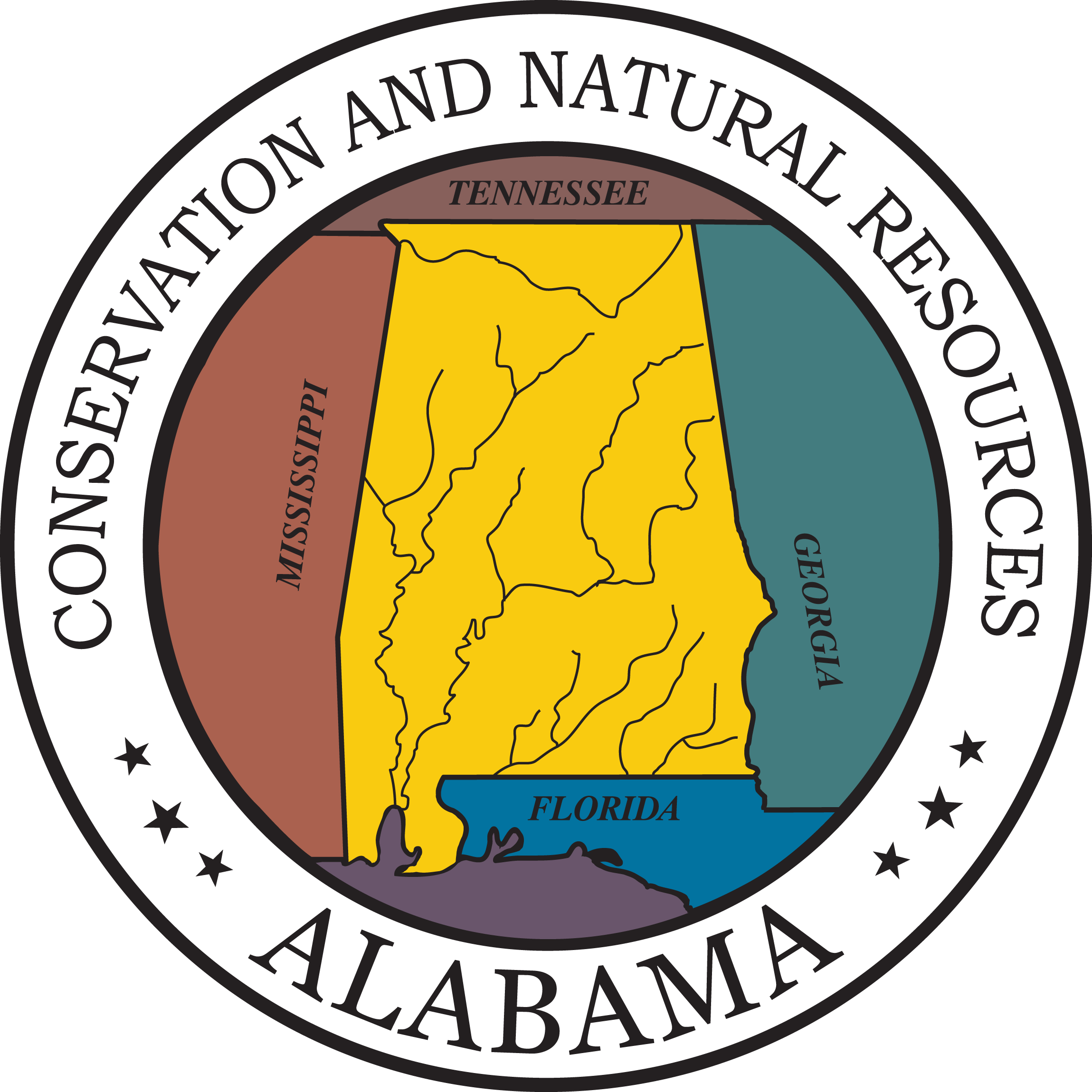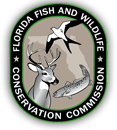
Videos
| Title |
|---|
| General Session: Aquaculture Regional Pilot Projects in the Gulf of Mexico Join the six Aquaculture Small Grants Program award recipients as they present the results of their current projects funded through the Commission’s cooperative effort with NOAA’s Office of Aquaculture. The small grants program was developed to support commercial aquaculture start-ups with production in mind. |
| Floundering Around - Evaluating a Declining Species in the SE United States - Session 3 Movement and Migration Session - Understanding flounder movement and the role of the environment and habitat changes on those movements. Identifying the triggers for migration and potential deviations observed in each region. |
| Floundering Around - Evaluating a Declining Species in the SE United States - Session 4 Synthesis Session - The “Where do we go from here” discussion. Breakout group discussions will not be broadcast but will discuss the three major topics. Breakouts will be roughly divided by Atlantic research, Atlantic management, Gulf research, and Gulf management and will return to the broadcast full group synthesis session and wrap-up to help lead future research and data needs. |
| Floundering Around - Evaluating a Declining Species in the SE United States - Session 1 Life History and Population Dynamics Session - General discussion of the current understanding of flounder life history in the Gulf and South Atlantic regions of the U.S. Talks will include ongoing research related to abundance, reproduction, and potential responses to changes in habitat and the environment. |
| Floundering Around - Evaluating a Declining Species in the SE United States - Session 2 Aquaculture and Genetics Session - Broad discussion regarding stock enhancement and hatchery efforts to combat declining flounder populations in the Gulf and South Atlantic. |
| General Session: U.S. Fish & Wildlife Service ANS Small Grants Program (1) Overview of Region 4 FWS ANS Small Grants Program - Allan Brown and Cindy Williams (U.S. Fish and Wildlife Service) Allan provided a brief introduction to why and how the program was established before turning it over to Cindy, who provided a detailed overview of how the program is administered. She covered the process of how proposals are solicited by the program and how proposed projects are reviewed according to a standardized criteria-based review system. Cindy also outlined the scope of work that has been conducted by the various projects funded by this program, and she detailed how this program has been able to leverage funding from other sources to bolster its reach. |
| General Session: U.S. Fish & Wildlife Service ANS Small Grants Program (2) USGS Nonindigenous Aquatic Species Database: Overview and Tools - Matthew Neilson (U.S. Geological Survey) Matt provided a brief overview of the USGS NAS Database which has been the central repository for nonindigenous aquatic species data since 1990. The Database currently tracks 1,351 species, and has over 677,738 total records. He also outlined the various tools that USGS has developed to help resource managers in the region and nationally address the introduction, spread, and impacts of ANS. Some of these tools were funded through the Small Grants Program, including evaluation of aquatic plant range expansions, the Alert Risk Mapper, impact tables, eDNA data standards, and a horizon scan for Puerto Rico. Matt also briefly covered the database’s Flood and Storm Tracker and SEINED (Screen and Evaluate Invasive and Non-native Data) tools. |
| General Session: U.S. Fish & Wildlife Service ANS Small Grants Program (3) Southeastern Cooperative Fish Parasite & Disease Laboratory - Stephen (Ash) Bullard (Auburn University) Ash provided a thorough overview of the Southeastern Cooperative Fish Parasite & Disease Laboratory (Cooperative) including their geographic scope and their diverse areas of expertise. He then presented the results of their project on Salmonid Whirling Disease (Myxobolus cerebralis) in the southeast that was funded by the Small Grants Program. This study found that the pathogen is present in the southeast, but is not in all waterways where salmonids are present. It also determined that the dispersal strategy of the causative oligochaete parasite is distinct in the southeast U.S. Ash also briefly covered some of the other parasites and pathogens that his lab is investigating in the southeast, and some examples were member states of the Cooperative that utilized his lab to examine the causes of fish kills and diseased fish. |
| General Session: U.S. Fish & Wildlife Service ANS Small Grants Program (4) Overview of Invasive Carp Research in the Lower Mississippi River Basin Conducted at the University of Arkansas at Pine Bluff - Michael Eggleton (University of Arkansas at Pine Bluff) Mike presented an overview of results of bigheaded carp projects conducted at the University of Arkansas at Pine Bluff (UAPB) since 2016. Much of the previous research on silver carp Hypophthalmichthys molitrix has been focused in the upper Mississippi River and its larger tributaries, with comparatively little research having been done anywhere in the lower basin. Beginning in 2016, researchers at the UAPB began developing various silver carp projects aimed at assessing possible effects on native fishes, determining river of origin using otolith microchemistry, and general population assessment. These projects were funded in part by the Small Grants Program. During 2017, research in White River oxbow lakes assessed structural changes in fish assemblages in response to the wide establishment of bigheaded carps that had occurred in that system since 2002. These data were compared to a comprehensive historical dataset compiled in 2002 that pre-dated the wide establishment of bigheaded carps. During 2019, lapilli otoliths were extracted from 334 bigheaded carps collected from the lower Mississippi River (LMR) proper and six representative tributaries. From these otoliths, Sr and Ba microchemical signatures were assessed to determine the probable river of origin for carps. During 2019-2020, basic population assessments were conducted for silver carp collected in the LMR proper and four representative tributaries. Overall, 587 silver carp were collected with size, condition, age structure, growth, mortality, and recruitment assessed for all five populations. Beginning in 2021, research commenced in LMR secondary channels to assess possible effects of silver carp establishment on native fish assemblages. Datasets are currently being assembled from at least six locations spanning from the Missouri-Kentucky border downstream to the Louisiana-Mississippi border. Assemblage structure will be compared to historical datasets compiled from these locations during the 1990s prior to carp establishment. This most recent research is scheduled to continue through 2023. |
| General Session: U.S. Fish & Wildlife Service ANS Small Grants Program (5) Status of Invasive Carps in the Tennessee River and Cumberland River Basins - Mark Rogers (U.S Geological Survey Tennessee Cooperative Fishery Research Unit) Mark outlined the current known distribution of silver and bighead carp in the Tennessee and Cumberland Rivers. He also summarized the carp control goals in these waters, which include stopping the expansion of the carp invasion and reducing the abundance of carp in invaded sections of the rivers. The USGS’ strategies to accomplish these goals include prohibiting the movement of carp by people, strategically removing carp through targeting collection efforts, installing barriers at various locks and dams along the rivers to stop/reduce carp movement, and monitoring abundance and movement of carp with acoustic tags. Mark also provided an overview of his research project (Implications of Silver Carp Invasion on the Food Web of a Freshwater Mussel Biodiversity Hotspot in Tennessee) that was funded by the Small Grants Program. |
1 to 10 of 40
Publications are downloadable and, in some cases, printed copies are available. For more information, contact Keith Wilson at (228) 875-5912 or via e-mail.




